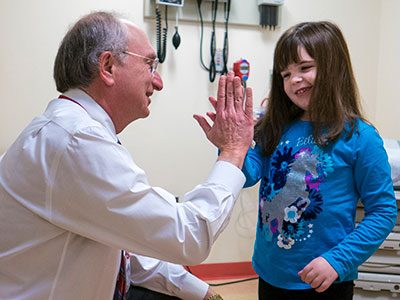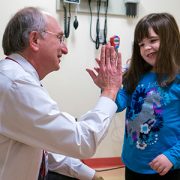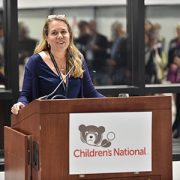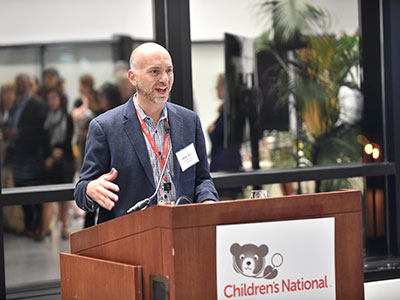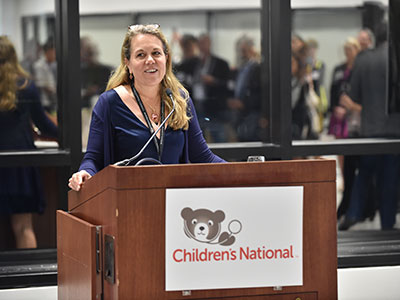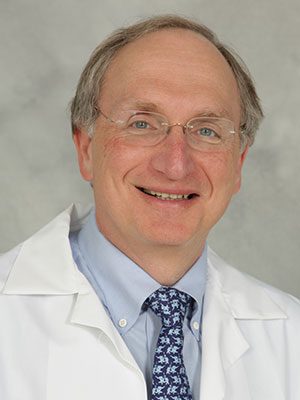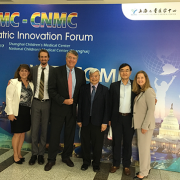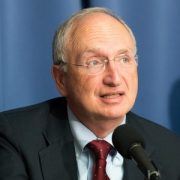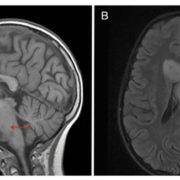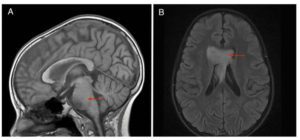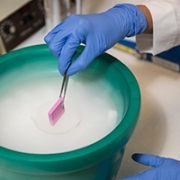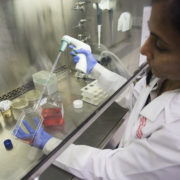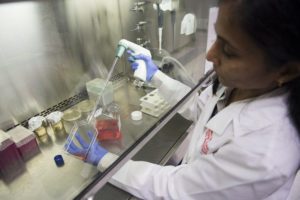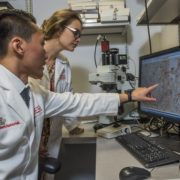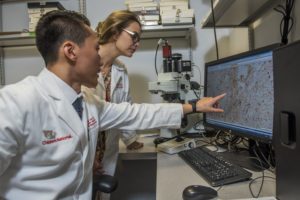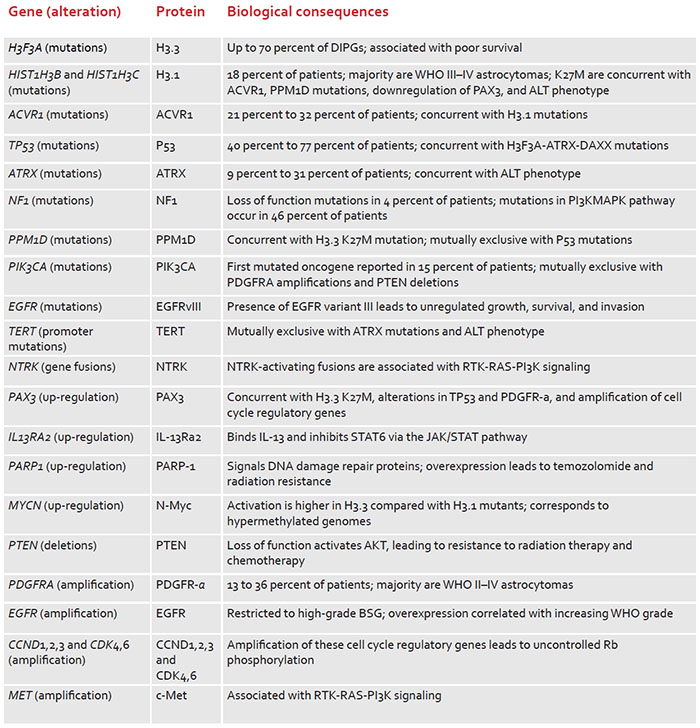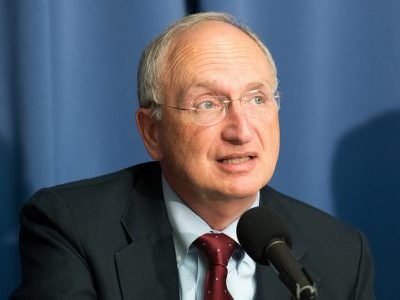
This year, more than 4,600 children and adolescents (0-19 years) will be diagnosed with a pediatric brain tumor. Brain tumors have now passed leukemia as the leading cause of pediatric cancer-related deaths. Despite this, there has never been a drug developed specifically to treat pediatric brain tumors and for many pediatric brain tumor-types, no standards of care or effective treatment options exist. In particular, pediatric high-grade gliomas have no standard of care and a very low survival rate.
To combat this, the National Brain Tumor Society (NBTS), the largest nonprofit dedicated to the brain tumor community in the United States, with its partner, the St. Baldrick’s Foundation, the largest private funder of childhood cancer research grants, as well as several world-renowned experts in the field of pediatric neuro-oncology, announced a new awareness and fundraising campaign to support a major translational research and drug discovery program. The campaign, called “Project Impact: A Campaign to Defeat Pediatric Brain Tumors,” was unveiled at the National Press Club in Washington, DC, on Sept. 12. Watch the live streaming replay.
Children’s National brain tumor expert leads the way
The collaborative hopes to improve clinical outcomes for pediatric brain tumor patients and inform the development of the first standard of care for treating pediatric high-grade gliomas, including DIPG – the deadliest of pediatric cancers.
Roger J. Packer, M.D., Senior Vice President of the Center for Neuroscience and Behavioral Medicine and Director of Brain Tumor Institute at Children’s National Health System, serves as the Scientific Director of the Defeat Pediatric Brain Tumors Research Collaborative.
“Treatment of pediatric high-grade gliomas has been extremely frustrating with little progress made over the past quarter century,” said Dr. Packer. “New molecular insights provide hope that therapies will be dramatically more effective in the very near future. In the last two years alone we have had great breakthroughs, primarily identifying genes which are critical in development of new pediatric treatments. But we need to maintain forward momentum from discovering the molecular and genetic underpinnings of these tumors, to understanding how these changes drive these tumors, and to ultimately developing effective, biologically precise therapies. This is a major opportunity for the field, patients, and their families.”
Pediatric high-grade gliomas make up to 20 percent of all pediatric brain tumors with roughly 500-1,000 new diagnoses every year. These tumors are WHO Grade III and Grade IV gliomas, including: pediatric glioblastoma (GMB); glioma malignant, NOS; pediatric anaplastic astrocytoma; anaplastic oilgodendroglioma; giant cell glioblastoma; gliosarcoma; and diffuse intrinsic pontine gliomas (DIPG).
David Arons, CEO of the National Brain Tumor Society said, “Researching and developing new treatments for pediatric brain tumors is a particularly challenging task, which faces multiple – but interrelated – barriers that span the research and development spectrum from small patient populations, lack of effective preclinical models, to complex basic biology, regulatory hurdles and economic disincentives. To overcome these complex challenges, and get better treatments to patients, we needed to create an equally sophisticated intervention. We believe that having groups with complementary skills work together in a coordinated effort, sharing data and expertise, and tackling the problem from multiple angles as one team is the starting point for greater and faster progress.”
How the collaborative is set up
The model for the collaborative consists of scientists and researchers who will each lead interrelated “Cores” to work on critical areas of research simultaneously and in concert with one another, encouraging sharing of findings real time. This design allows new findings to quickly move onto the next stage of research without barriers or other typical delays, significantly speeding up the research process.
Dr. Packer said the goal of this research collaboration is to work with pediatric brain tumor researchers from around the world to discover new treatments for children in the next two to three years, instead of the next decade.
